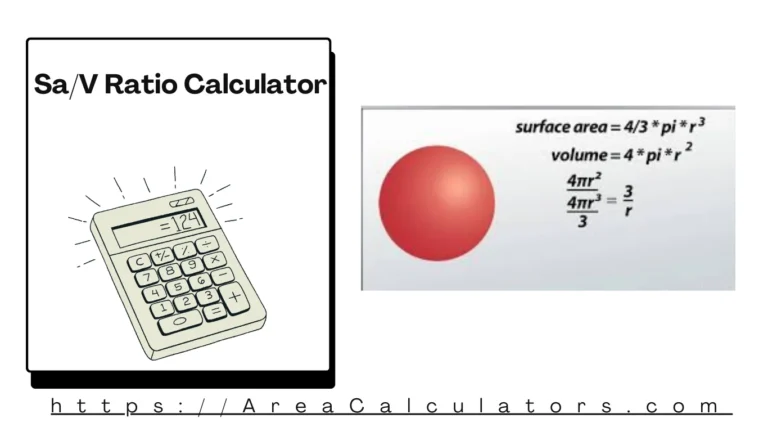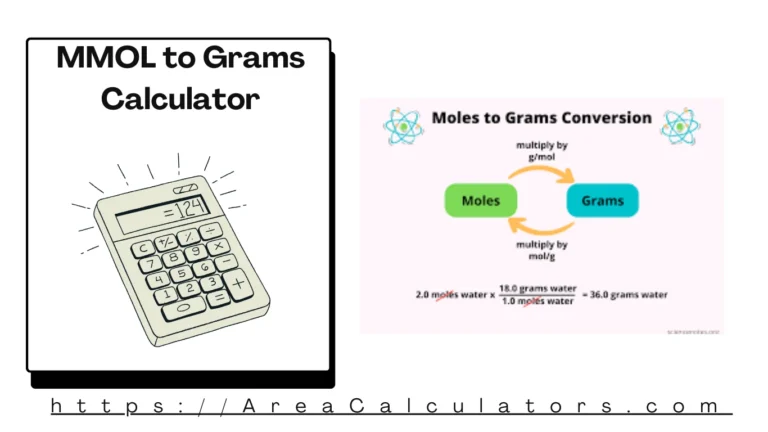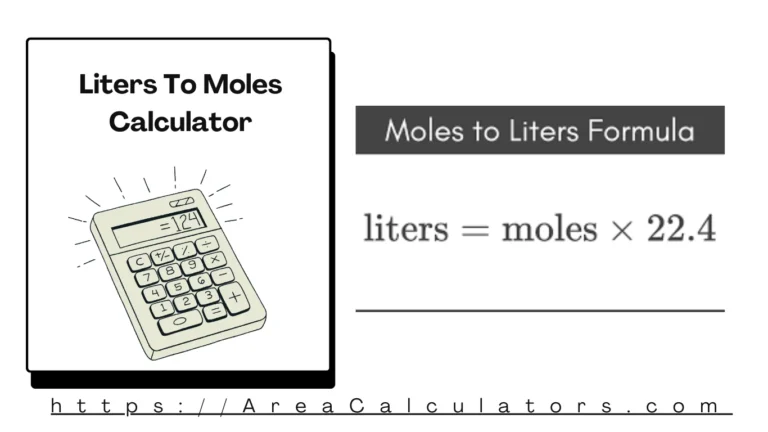The Centimeters To Liters Calculator is a user-friendly tool that transforms volume measurements from cubic centimeters (cm³) into liters (L). Whether you’re dealing with liquid storage, cooking, or engineering calculations, this tool simplifies a normally tedious task into a matter of seconds.
Instead of grappling with conversion formulas, the calculator does all the work—saving time and ensuring precise results every time.
Understanding the Basics: Centimeters and Liters
To use this calculator effectively, it’s important to understand what centimeters and liters measure:
-
Centimeters (cm): A unit of length in the metric system.
-
Cubic Centimeters (cm³): A unit of volume derived from cm. This represents the volume of a cube that’s 1 cm on each side.
-
Liters (L): A larger unit of volume, used mainly for liquids.
The conversion relationship is simple:
1 liter = 1,000 cubic centimeters (cm³)
So, every 1,000 cm³ equals one liter. That’s the base of the conversion formula used by the calculator.
The Science Behind Volume Conversion
When converting cubic centimeters to liters, you’re essentially moving from a smaller metric unit to a larger one. The metric system makes this easy, as it’s based on powers of ten. This seamless scale-up helps in numerous applications—from medicine dosing to industrial fluid calculations.
The formula used is:
Liters = Cubic Centimeters ÷ 1,000
This conversion is crucial in chemistry, construction, manufacturing, and more.
What Is a Centimeters To Liters Calculator?
A Centimeters To Liters Calculator is a digital tool or online utility that allows you to input volume in cubic centimeters and instantly get the equivalent in liters. It removes the need for manual math and avoids potential errors, making it ideal for anyone needing precise and fast volume conversions.
These calculators are often found in educational websites, construction tools, or integrated into apps for cooking and science.
How Does the Conversion Formula Work?
The formula is incredibly simple:
Liters = cm³ / 1,000
Let’s say you have 5,000 cm³ of water. Plug that into the calculator:
Liters = 5,000 ÷ 1,000 = 5 L
Easy, right? This calculation ensures that large volumes are quickly scaled down into more practical units for use or comparison.
How to Use a Centimeters To Liters Calculator Step-by-Step
Using the calculator typically involves:
-
Open the Calculator Tool: On your device or browser.
-
Enter the Volume in cm³: For example, 2,500 cm³.
-
Click Convert or Submit: Depending on the tool.
-
Read the Result: It will show “2.5 liters” as output.
That’s it! Most tools also support reverse conversions (liters to cm³) with a simple toggle.
Why Use a Centimeters To Liters Calculator?
There are a ton of reasons to rely on this handy tool:
-
Accuracy: Minimizes rounding errors in complex calculations.
-
Speed: Converts large volumes in seconds.
-
Convenience: No math or formulas to remember.
-
Universal Use: Works across multiple industries and personal needs.
This tool saves both time and mental energy—especially in high-stakes environments like labs and kitchens.
Benefits of Accurate Volume Conversions
Accurate volume conversions are essential for:
-
Medical Dosages: Even tiny errors can be life-threatening.
-
Cooking and Baking: Especially when using international recipes.
-
Engineering Projects: For fluid dynamics and tank capacity planning.
-
Classroom Learning: Helps students grasp concepts better.
Accuracy leads to safety, quality, and effective results in any scenario.
Common Mistakes in Volume Conversion and How to Avoid Them
Even simple conversions can go wrong. Here’s what to watch out for:
-
Confusing Units: Mixing up cm with cm³.
-
Wrong Formula: Dividing instead of multiplying (or vice versa).
-
Decimal Errors: Misplacing decimal points can throw results way off.
-
Inconsistent Inputs: Using different measurement systems without converting.
Double-check inputs and always use reliable tools to steer clear of errors.
Examples of Converting Centimeters to Liters
Let’s look at a few examples:
-
1,000 cm³ = 1 L
-
750 cm³ = 0.75 L
-
3,600 cm³ = 3.6 L
-
12,500 cm³ = 12.5 L
These examples show how diverse and useful the calculator can be—from measuring soda in a bottle to designing a water tank.
Real-Life Applications of the Centimeters To Liters Calculator
This tool finds its way into numerous daily and professional settings:
-
Culinary Arts: Converting recipe volumes.
-
Science Labs: Measuring fluid reactions and volumes.
-
DIY Projects: Estimating the paint or resin needed.
-
Gardening: Determining how much water planters or pots can hold.
-
Auto Mechanics: Calculating engine fluid capacities.
Its application is truly cross-functional and global.
Manual vs. Calculator-Based Volume Conversion
| Criteria | Manual Method | Using Calculator |
|---|---|---|
| Time Efficiency | Slower | Instantaneous |
| Accuracy | Depends on skill | Highly accurate |
| Convenience | Requires math | Plug-and-play |
| User Skill Level | Medium to high | Beginner friendly |
For most users, the calculator is the smart choice—simple, fast, and foolproof.
Tips for Ensuring Conversion Accuracy
Here’s how to keep your results spot-on:
-
Always Check Units: cm³ vs cm is a common confusion.
-
Use Verified Inputs: Measurements must be precise.
-
Avoid Estimation: Round only after converting.
-
Use Reliable Tools: Choose calculators with positive reviews.
Consistency and attention to detail are key.
Features to Look for in a Good Centimeters To Liters Calculator
When selecting a calculator, look for:
-
User-Friendly Interface
-
Reverse Conversion Option
-
Multi-Device Compatibility
-
Instant Results
-
Offline Availability (optional)
These features make the tool practical for students, professionals, and DIYers alike.
FAQs:
Q1: Is 1,000 cm³ always equal to 1 liter?
Yes. That’s the standard conversion in the metric system.
Q2: Can I use this for solids?
Only if you’re measuring the volume of the solid.
Q3: What’s the difference between cm and cm³?
cm measures length; cm³ measures volume.
Q4: Can this tool be used for aquarium setups?
Absolutely—perfect for calculating tank volumes.
Q5: Do I need internet access to use it?
Some apps work offline; online tools usually need internet.
Q6: Is it suitable for school science projects?
Yes! It’s great for experiments and volume-based questions.
Conclusion:
The Centimeters To Liters Calculator takes a complex idea and makes it incredibly simple. By automating conversions, it removes guesswork and ensures precise results—whether you’re mixing drinks or preparing scientific formulas.
It’s not just a tool; it’s a time-saver, an error reducer, and a must-have utility in today’s data-driven, detail-focused world. So next time you face a tricky volume question, let the calculator do the heavy lifting!






